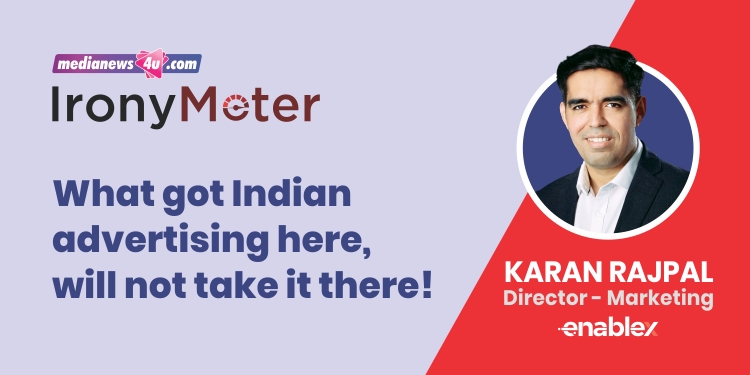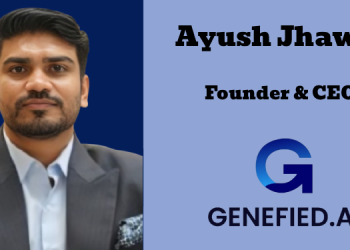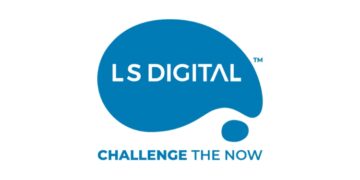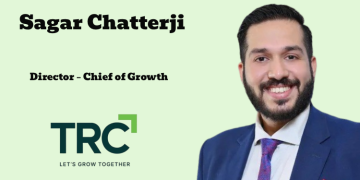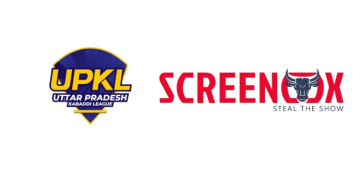The past 12 months have been, as they say, the best of times, and the worst of times. Advertising, usually a sector affected by every movement in broader markets, is likely staring down the bottom of the barrel again. How did we get here, and what happens next?
Round 1: Traditional v Digital
Around 2008-09, as social media began taking root in customers’ daily lives, a new breed of agencies cropped up. They claimed to know what the youth wanted, speak their lingo and ‘understand’ the channels consumers used ‘these days’. Many of them grew rapidly, eventually selling to networks and becoming more of what they claimed not to be.
In India, and globally, notable exceptions do exist, but as a marketer, you’d be hard pressed to define clearly what a digital agency does that’s so significantly different from a traditional ad agency.
Much of the output consisted of social media content. Now, as organic reach on most social media dries up, is there a reason for ‘4 posts a week’ retainers to exist? Unless you have something risqué or culture busting to say, you can’t really exist outside of award shows and claim to do meaningful work.
Today, agencies with ‘Digital’ or ‘Social’ in their own names are dropping the terms from what they’re called, traditional agencies are signing combined retainers, and overall, we have many more agencies doing what advertising has always done – making a place for brands in customers’ lives.
Round 2: Tu 13 dekh
The last five years, the pandemic’s terrible tragedies notwithstanding, have been great for the advertising sector. Venture capital has flowed through businesses in all sectors, digital transformation has meant new channels of communication have sprung up. So, more copywriters, designers, motion graphic artists, web developers, SEO ninjas were required to pump prime the new economy. Budgets on performance marketing climbed each year, as brands chased GMVs by spending five rupees to earn one. Thankfully, many talented agency folks got hired on the client side, got ESOPs and cashed them, making us all proud.
Now, as interest rates climb, VC funds dry up, and brands fold under their own weight, advertising is likely to be a bystander casualty. If startups are letting their employees go, I don’t expect their marketing budgets will stay the same. Remember, marketing expenses affect the earnings before interest, taxes, depreciation, and amortisation. We’ve only heard about startup and tech layoffs now, but if this isn’t followed by knock-on effects in advertising, I’d be very surprised.
Round 3: The great comeback
Everything I said earlier in this article, makes it appear that I’m worried about the state of advertising.
I do feel a metaphorical winter is here, but spring is not far behind. It is easier than ever to start and run a business online. Marketers know how to signal, and establish value where none exists (I say this positively as a marketer myself). An ideal playbook would have a savvy social media influencer combining forces with solid art and creative folks, throw in a couple of MBA types to create a business that sells to a category leader for a gazillion rupees in three years’ time.
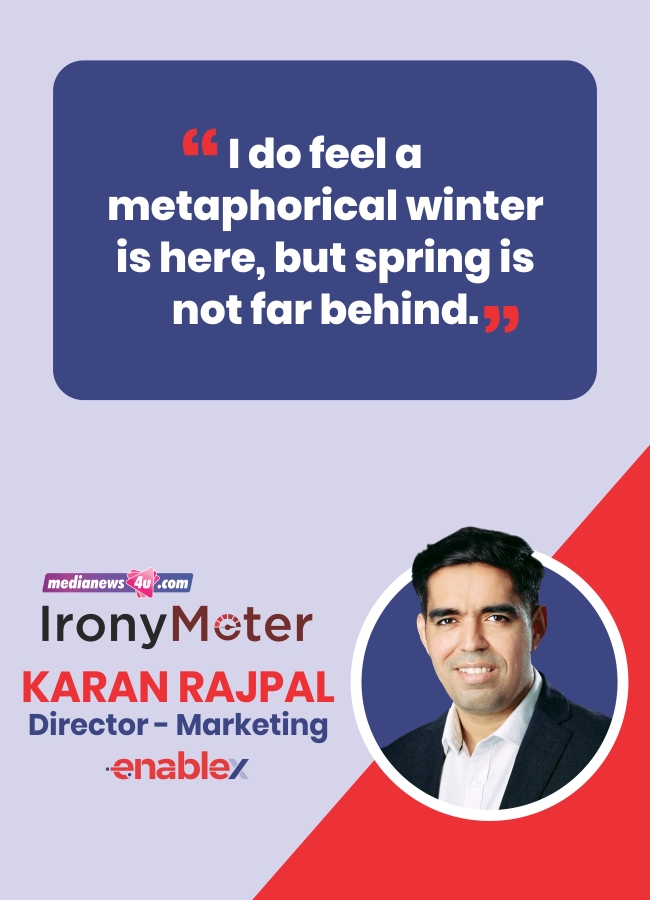
And there are many creative souls who’ve been lured by the siren song of a paycheque in the past many years. Digitisation will also mean some of these people will make the career switch of their lives, metamorphosing from copywriters to Substack owners, from voice over artists to podcast hosts, and from ‘yet another holi post’ designers to people with enduring artistic legacy.
I’m ambivalent about what Indian advertising will go through in the next 12 months. But I’m positive on India, and Indian advertising, in the next five years like never before. If we can drop the buzzwords, find brave clients who are true partners, and get people to write briefs for once, Indian advertising can do to itself what the advent of OTT did to TV programming. What got us here, will not get us there.
(The author is Head of Marketing at EnableX, a Saas company.)

